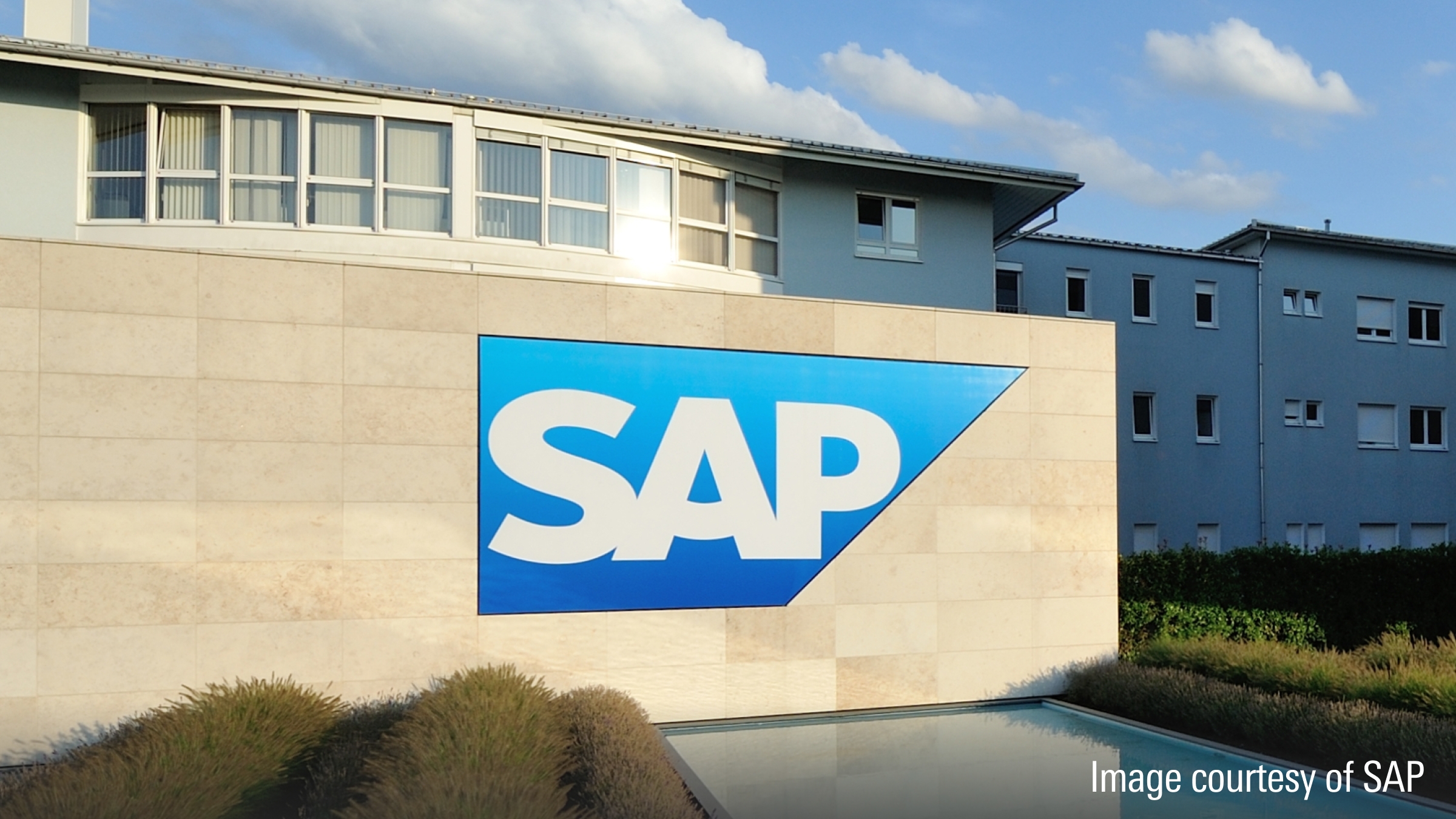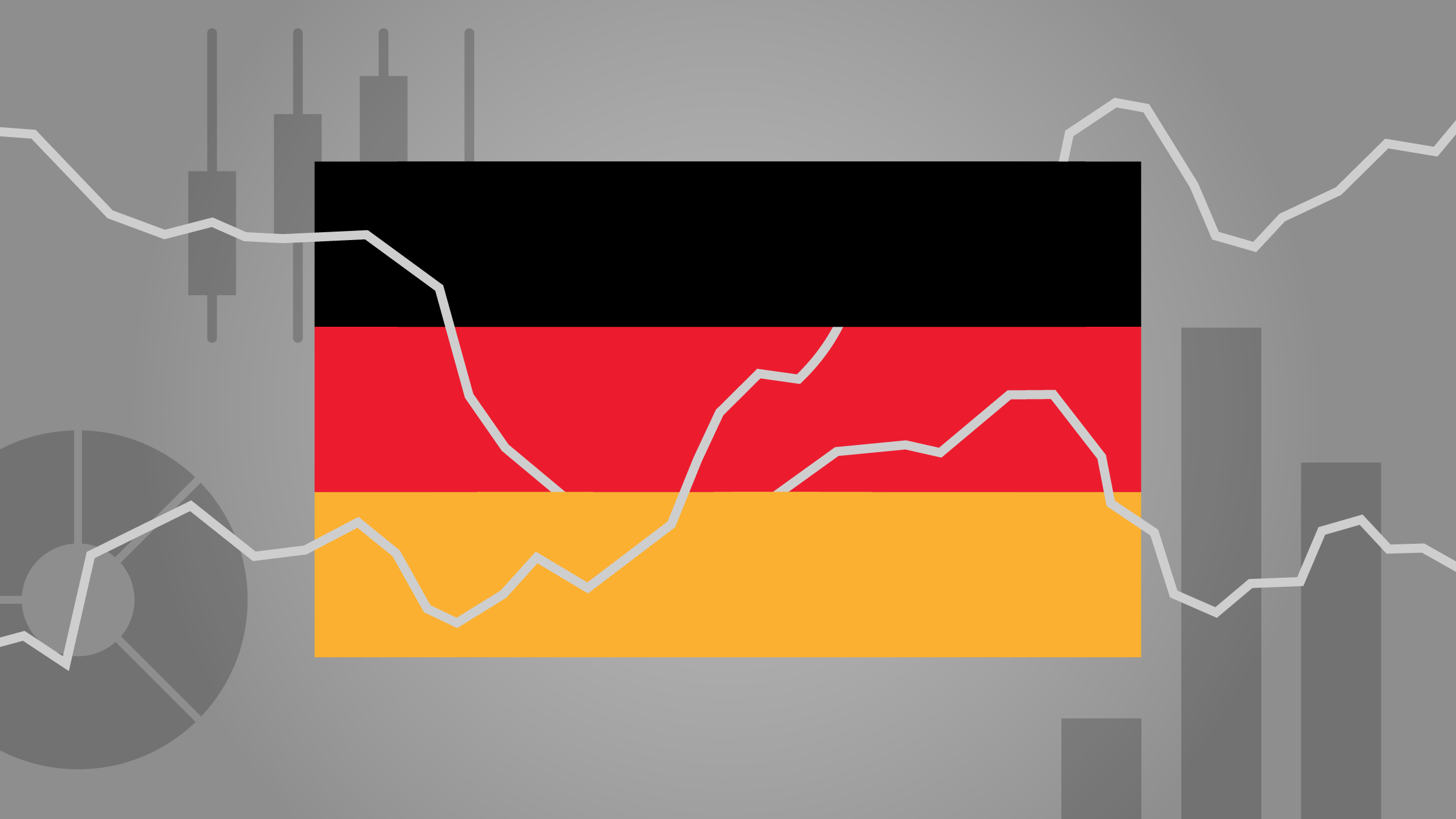Rolle im Portfolio
The iShares FTSE China 25 provides exposure to many of the largest and most liquid components of the Chinese equity universe, which has quickly gone from emerging market to global titan and as such has become an important part of a globally balanced portfolio. The Chinese economy now ranks third in the world, behind only Europe and the United States. The FTSE China 25 Index contains companies listed on the Stock Exchange of Hong Kong (Red Chips and H shares) and is heavily tilted towards the Financials sector, which made up 57.1% of the total at the end of April. Diversification at the security level is also limited, with more than 60% of the portfolio within the top 10 names. Returns from the FTSE China 25 have been highly erratic, exhibiting annual volatility of almost 30% since 2004. An investment like this therefore requires a lengthy time horizon and a very strong stomach to handle the swings. It has been a fairly good diversifier, though: since mid-2004 it has shown a correlation to the local currency price returns of the S&P 500 Index, the MSCI World Index, and the MSCI Europe Index of 62%, 66%, and 64% respectively. The fund passes along dividends from underlying stocks to unitholders in a quarterly distribution, currently at a yield level of 2.52%. So this fund might suit an investor seeking moderate levels of income, though the tax implications of such distributions for each investor would have to be taken into consideration.
Fundamentale Analyse
The Chinese economy continues to post strong growth numbers, but against a backdrop of sky-high expectations, opinion remains divided on when the country’s prospects will descend back down to earth and whether the landing will be hard or soft. The most recent example of this was the first quarter’s GDP release, which showed growth for the prior 12 months of 7.7%. That’s high relative to what most of the world is experiencing, but fell short of expectations. One of the major factors contributing to China’s slowdown is that its economy is largely built on exports, and with many parts of the developed world spiralling back into recession, the demand for those exports has begun to dry up. As the beleaguered developed-world consumer continues to pare back, China will have to rely more and more on domestic demand from its own burgeoning middle class. Another major pillar of the economy is investment, and as we saw in 2008 the government has shown the willingness and ability to inject the economy with massive amounts of stimulus to buoy the economy. The perceived undervaluation of China’s currency, the Renminbi, has been a perennial boon to the country’s exports. Since it became unpegged from the U.S. dollar in 2005, the Renminbi has appreciated by roughly 34%. The slow rise has not been enough for many who still claim it is well below fair value, but so far the U.S. Treasury has stopped short of officially labelling China a currency manipulator. Such a labelling could prompt sanctions and lead to a full-blown trade war that would likely be detrimental to the global economy. Another area for concern is China’s housing market, which has been rising swiftly and has some cautioning about a bubble. In the first quarter, the total value of new homes sold in China jumped 69% from a year earlier, according to Forbes. In response, the government has enacted plans to dampen the frenzied pace of activity, including higher down payment requirements and higher mortgage rates for purchases of second homes. A correction in the housing market could hurt the financial sector, which dominates the index, as real estate is typically used as collateral for bank loans. Since April 2004, the FTSE China 25 Index has returned 11.0% per year, as measured in Hong Kong dollars, vastly outpacing the local currency returns from developed markets during the period, as evidenced by a corresponding gain of just 5.8% for the MSCI World. But that result has been highly volatile, and the picture changes depending on the time period. The index’s trailing five-year return is -4.0% annualised, compared to 5.2% for the S&P 500 and 2.9% for the MSCI World.
Indexkonstruktion
The FTSE China 25 is a free float market capitalisation-weighted index consisting of 25 stocks trading on the Stock Exchange of Hong Kong. The constituents consist of H-shares and Red Chips. H-shares are companies incorporated in the People’s Republic of China (PRC) and listed in Hong Kong. Unlike China-listed A-shares, there are no restrictions for international investors trading in H-shares. Red Chips are companies incorporated outside the PRC but with at least half their sales coming from Mainland China and at least 30% of their shares held by Mainland Chinese entities. Stocks are screened for liquidity and selected to represent the largest companies on the exchange. The index is reviewed quarterly and changes made as needed. To limit turnover, there are buffers around the levels at which companies are added and deleted from the index. New stocks are added if they rise to 15th or higher in a ranking by free float market capitalisation, and existing constituents are removed if they fall to 36th or lower. Financials make up by far the largest sector of the index, representing 57.1% at the end of April. Other meaningful sector weights include Energy at 16.9% and Telecommunications at 15.2%. The top holdings are China Construction Bank, China Mobile, and Industrial and Commercial Bank of China, at weights of 10.5%, 9.5%, and 8.2%, respectively.
Fondskonstruktion
The fund uses full physical replication to try to capture the performance of its benchmark, owning – to the extent possible and efficient – shares in all of the underlying constituents in the same weights as those of the index. In certain circumstances it may also use derivatives to achieve its objectives. The fund is Irish-domiciled and has the U.S. dollar as its base currency. As of writing it had assets of approximately $1 billion. In the 12 months through the end of March 2013, an average of 12.81% of the portfolio was out on loan, to a maximum of 18.79%, and in total the programme added 6 basis points of net return to the fund. BlackRock, iShares’ parent company and lending agent, claims to keep 40% of gross securities lending revenue for itself, out of which amount it will pay the associated costs of the activity, and passes 60% of the revenue to the fund. BlackRock has recently reviewed its lending programme and introduced a 50% cap on the amount of assets that its iShares funds can lend out. To protect the fund from a borrower’s default, BlackRock takes collateral greater than the loan value. Collateral levels vary from 102.5% to 112% of the value of the securities on loan, depending on the assets provided by the borrower as collateral. Additional counterparty risk mitigation measures include borrower default indemnification. Specifically, BlackRock commits to replace the securities that a borrower fails to return, but it will not cover losses incurred on the reinvestment of cash collateral.
Gebühren
The fund’s total expense ratio (TER) is 0.74%, which is pricier than some of the alternatives for exposure to Chinese equities. Other costs potentially borne by the unitholder but not included in the total expense ratio include securities lending fees, transaction costs on the infrequent occasions when the underlying holdings change, and bid-ask spreads and brokerage fees when buy and sell orders are placed for ETF shares. Income generated from securities lending could potentially recoup some of the total costs.
Alternativen
To get exposure to Chinese equities, there are a few choices, albeit referencing different underlying indexes. Possible alternatives include Amundi ETF MSCI China, Source MSCI China ETF, CS ETF (IE) on CSI 300, Lyxor ETF China Enterprise, EasyETF FTSE China 25, db x-trackers CSI300 Index, ETFlab MSCI China, and HSBC MSCI China ETF. Of these, the Lyxor fund is the largest, with assets of roughly €1 billion, followed by the iShares fund. The fund with the lowest total expense ratio (TER) is ETFlab MSCI China, with a TER of 39 basis points. While these funds sound similar on the surface, there are meaningful differences across the various benchmarks they use. The FTSE China 25 Index is concentrated within a much smaller number of holdings than the MSCI China, which has 138 constituents, or the CSI 300, and is also more concentrated at the sector level, with Financials making up close to 60% of the total. The CSI 300 and the MSCI China provide somewhat more broad-based exposure to the country.

















